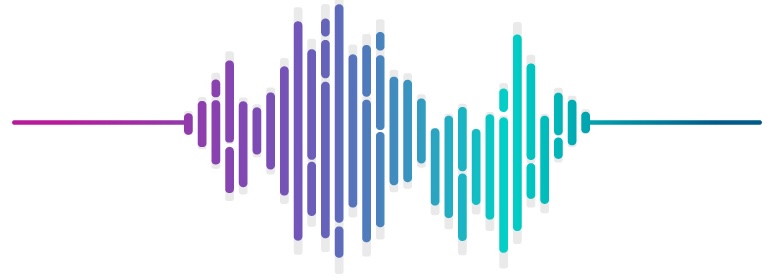Why Use Text-To-Speech?
Text-to-speech is used in more and more applications as the last part of an AI pipeline. Many
applications can be considered. Here are some examples:
Virtual Assistants
When used together with speech to text (see the OpenAI Whisper model for example) and
generative models, it is possible to build fully fledged virtual assistants that understand
human voice, and respond to it.
Assistive Technologies for the Visually Impaired
One of the most impactful uses of speech synthesis is in assistive devices and software
for people who are visually impaired or have difficulty reading text due to dyslexia or
other conditions. Applications and devices that convert text to speech allow these
individuals to consume written content, such as books, emails, and web articles, through
auditory means. This technology significantly enhances accessibility and independence by
enabling users to "read" text without needing visual cues.
Language Learning Tools
Speech synthesis technology is implemented in language learning applications and
software to help users develop pronunciation, listening skills, and conversational abilities
in a new language. By hearing the text read aloud in the target language, learners can
better understand the pronunciation and rhythm of the language. This is particularly useful
for languages that have sounds or phonemes not present in the learner's native tongue or for
complex tonal languages.
Personalized Voice Messages from AIs for Marketing and Customer Engagement
With advancements in speech synthesis and AI, businesses are now able to create
personalized voice messages for marketing campaigns or customer engagement efforts. This
technology allows companies to send customized audio messages to their clients, such as
birthday wishes, reminders for appointments, or special promotions, using a synthesized
voice that can be tailored to match the brand's identity or even mimic a human
spokesperson's nuances. This innovative approach can enhance customer experience, making
interactions feel more personal and engaging, thereby increasing brand loyalty and customer
retention. It bridges the gap between traditional, impersonal automated messages and the
need for scalable yet individualized communication strategies in the digital marketing
landscape.
